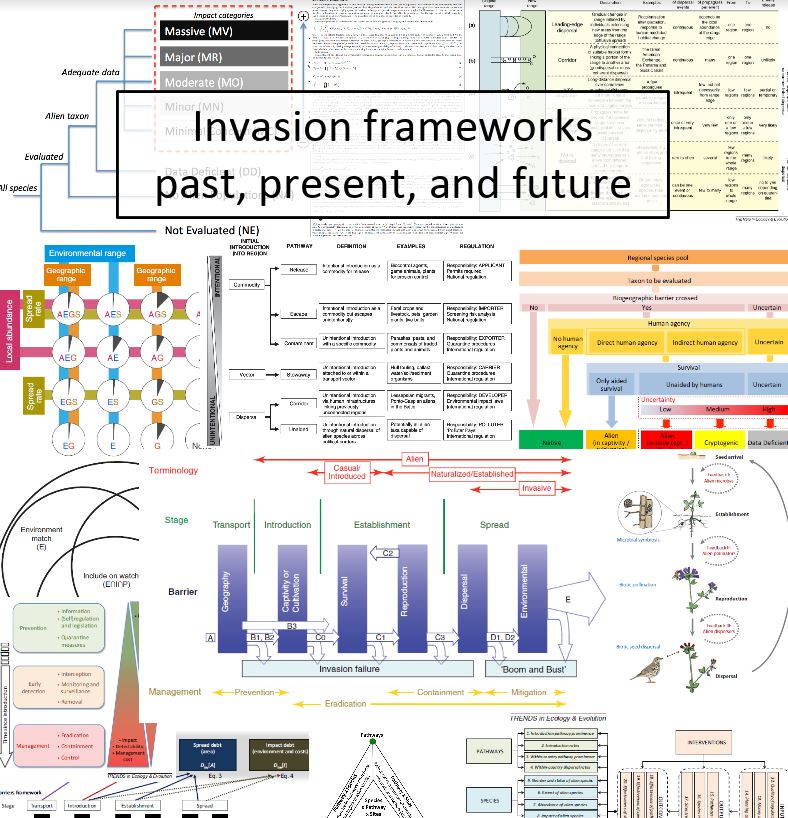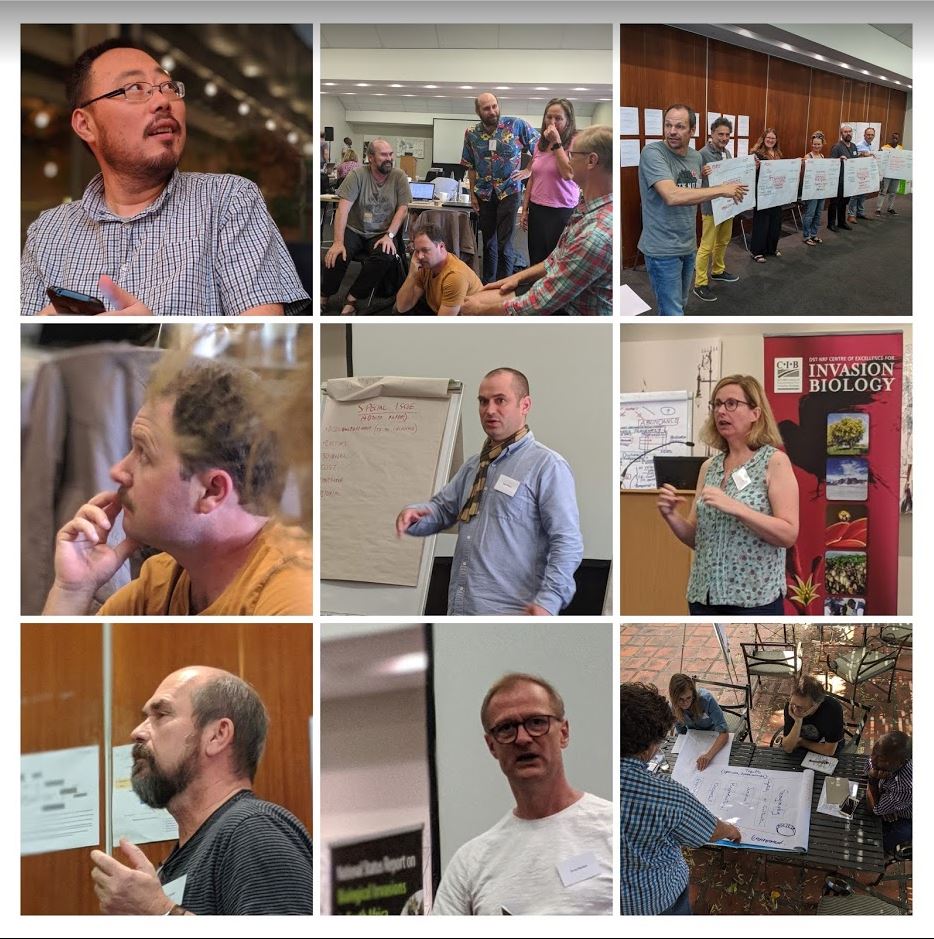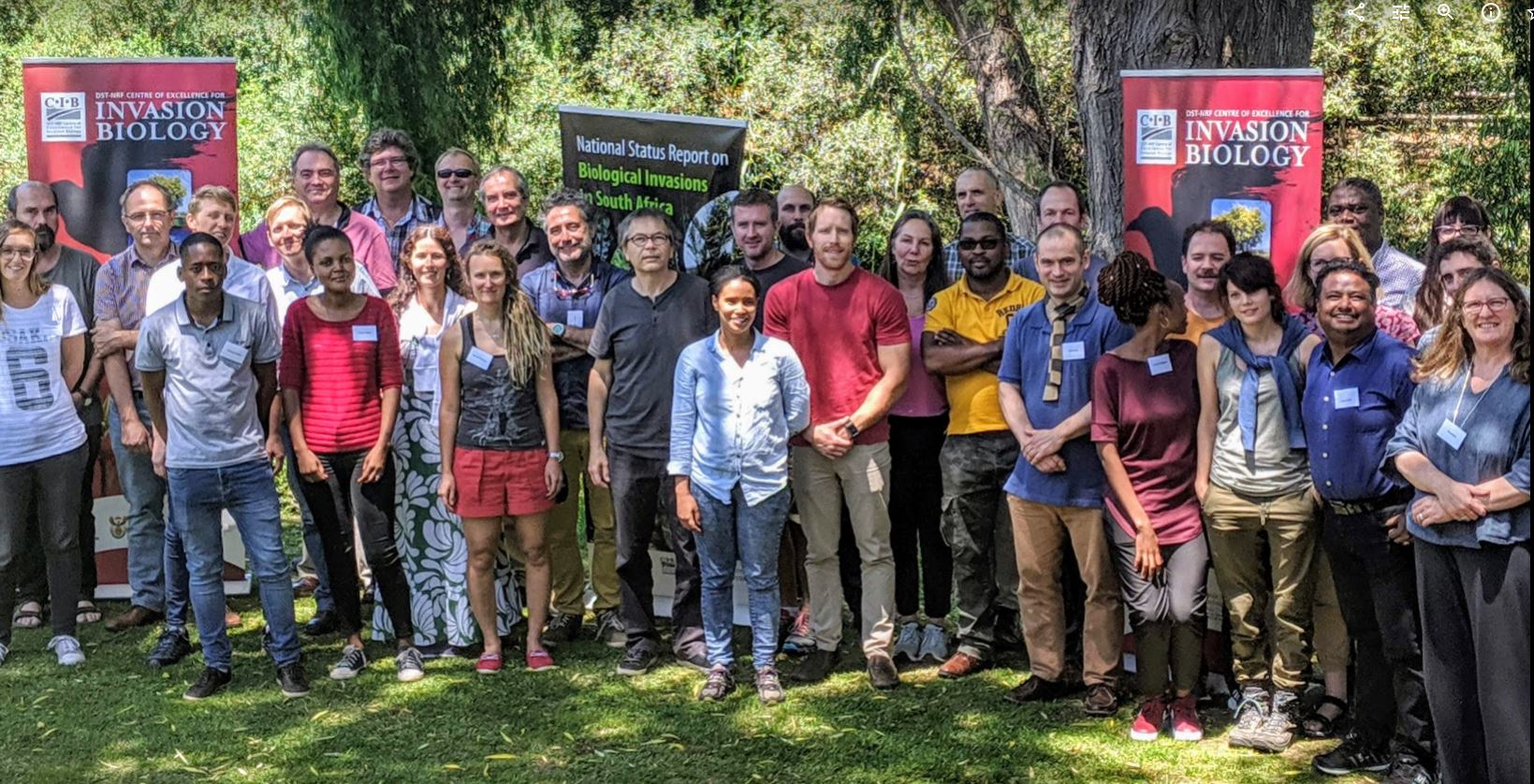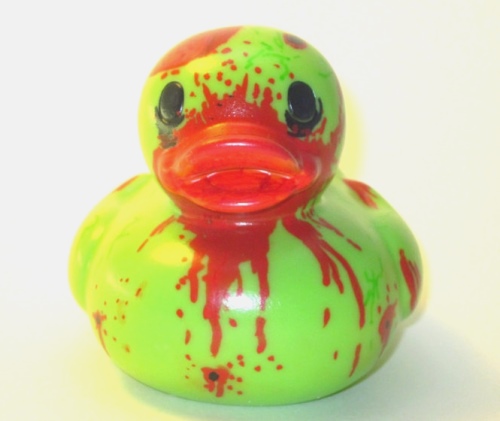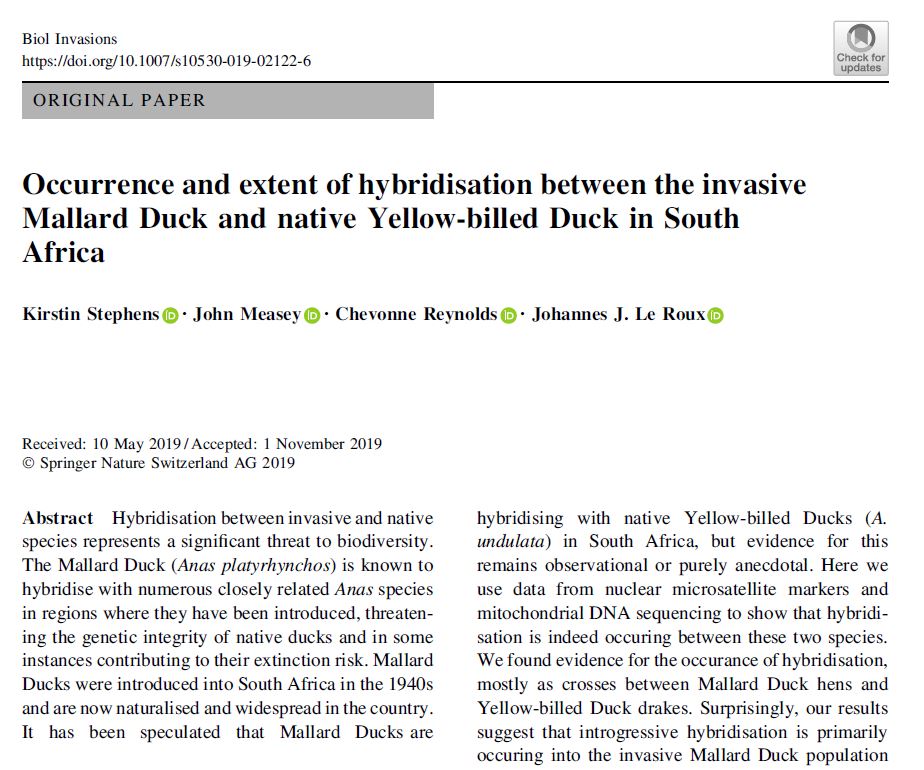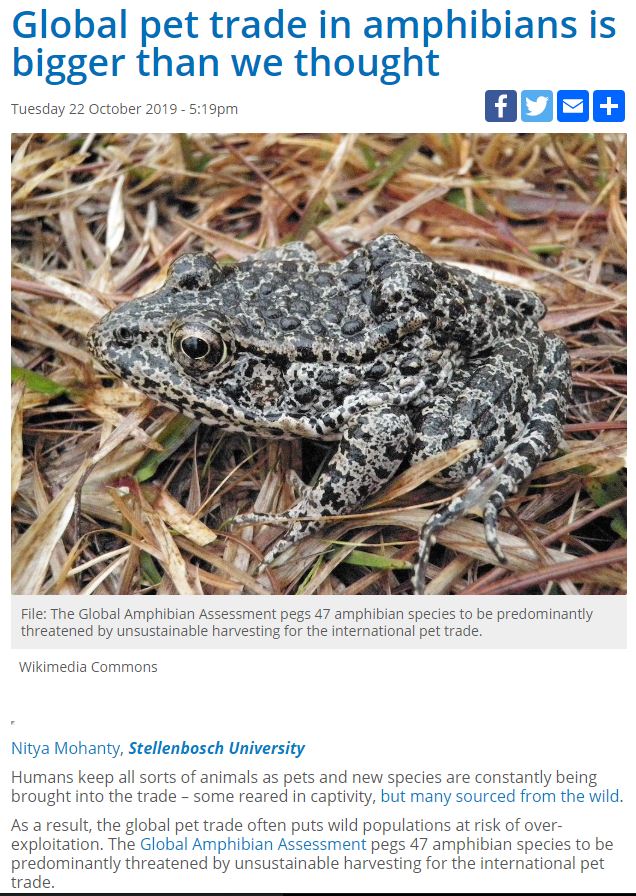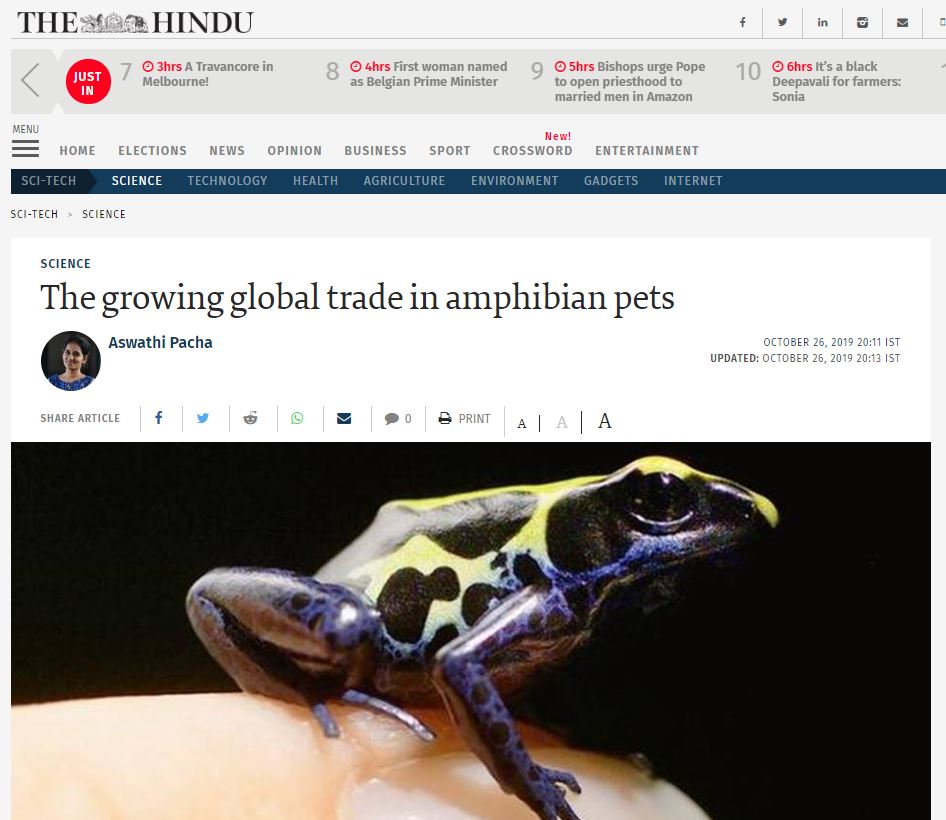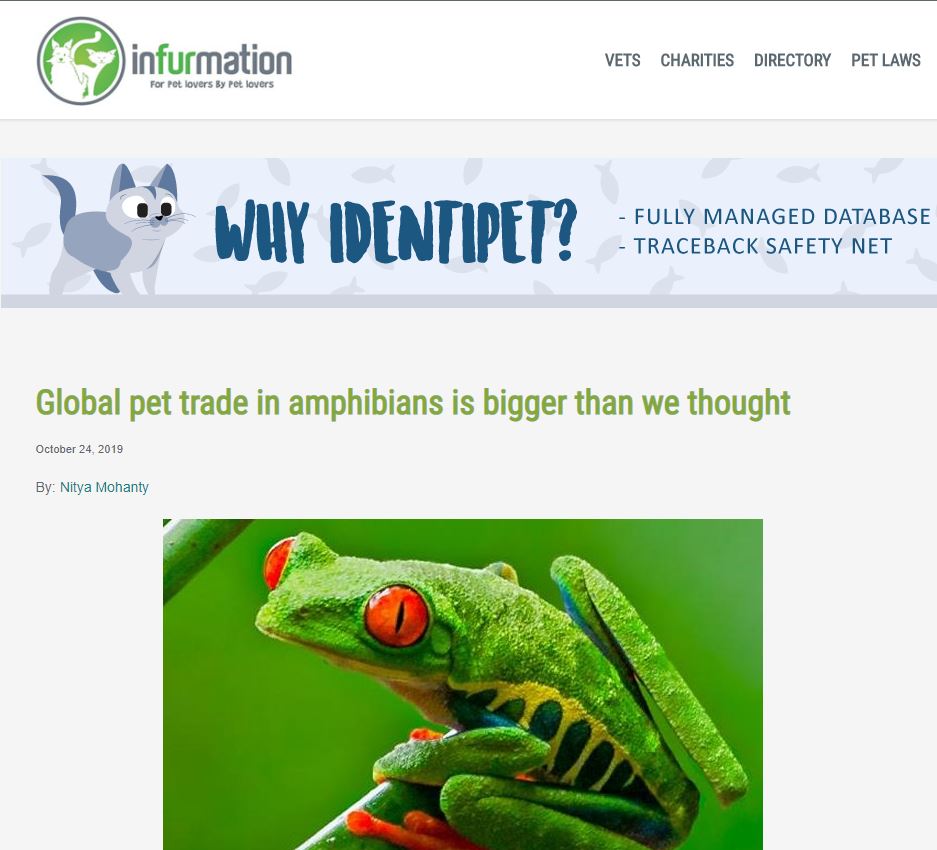Open Access in Invasion Science - A reply to Jeschke et al 2019
In a recent editorial, Jeschke et al (2019) pat themselves on the back for editing a good Open Access journal. They contrast the price of publishing Open Access inNeoBiotawith some of the most expensive journals, and then decide that the fee from their publisher (Pensoft) is ‘considerably lower’. But Jeschke et al, and their like-minded friends from Plan S (Schiltz 2018), are simply perpetuating the abuse from publishing houses.
A paywall is never acceptable wherever you put it
Any paywall, whether it be high, or ‘considerably lower’ (i.e. EUR 900) is a wall that excludes many researchers, certainly from developing countries (as evidenced by the list of countries of corresponding authors ofNeoBiotathroughout the time that it has been indexed on ISI (Fig 1). Before the editors ofNeoBiotagive themselves another pat on the back, perhaps they should rethink their fee waivers. A 10% discount is offered to scientists living and working in lower middle-income countries: a remaining paywall of EUR 810 is hardly reduced. Scientists living and working in low-income countries are allowed one free waiver per year. I’ve pasted the list of these countries at the bottom of this blog. According to Fig 1,NeoBiotahave never waived the fees of a publication. Now that’s an impressive record. Time to think again?

Fig 1. The country of the corresponding author of all publications inNeoBiotawithin Web of Science (back to 2015) includes 1 author from Columbia.
I have made this point before (Measey 2018; and in a blog post here and another here): even the fees ofNeoBiotacost a lot more than the research and student bursaries in a lot of countries. While previously I lobbied for the source of these publishing fees to become public - which would show that for a great majority of researchers, publishing fees are coming from research funds. Funds that would otherwise further knowledge are going directly into the pockets of publishers. Publishers instantly refused to do this. Now I think that our energies would be better spent demolishing the paywall (what they refer to as Diamond Open Access). And for almost all of us, this means doing so without the benefit of a rich uncle.
Until we have Diamond Open Access for all, having the paywall after publication is actually preferable for most of us, as most of us cannot afford to pay anything. We do have to publish our work, and would rather that it was out there behind a paywall, than not out there at all. Compare the list of who publishes inNeoBiotawith with those who choose to publish in Biological Invasions where the paywall comes after publication (NB those who paid for Open Access so that Springer could double-dip (cf Barbaro et al. 2015) have been removed from this dataset).

Figure 2: The country of the corresponding author of the last 500 publications in Web of Science (back to 2015) inBiological Invasionsincludes authors from Chile, Ethiopia, Ghana, Kenya and Mexico.
I am not advocating a paywall, but I disagree that by placing the paywall before publication (i.e. on acceptance) Jeschke et al have solved anything for anyone other than the most privileged researchers. In the words of Peterson et al (2018), "do not replace one problem with another". Instead, what we need is to tear down the paywall with a completely new publishing model for academia.
The answer lies inside our University Libraries
The university library has undergone a massive transformation over the last 20 years. During my PhD, I made a weekly visit to the library to physically pick up the latest issues of all the journals that came through the postal service from all over the world. For papers that I found out about but had no access to, I had a stack of postcards that were specifically for reprint requests, and I enthusiastically filled them out and posted them off to researchers the world over. Librarians arranged these issues on the shelves and eventually sent them off for binding into volumes and then worried about the physical space that was available inside the library as every year publication inflation (Larivière & Costas 2016) meant more pages to be supported within their walls.
Probably the most stressful time in library now is around negotiating the next contract with a mega-publisher. Will they be able to meet next year’s demand for cash? How much are other universities paying? Of course, the bundles are sold with non-disclosure agreements, so that librarians who successfully negotiate a lower price at one institution cannot influence the negotiations at another. Doesn’t this sound like an extortion racket?
The solution then would be for our learned academic societies to come to agreements directly with university libraries. Today, publishing is less about type-setting (which many top publishers outsource and do very poorly), and more about dissemination. This is something that our library and academic librarians have been doing for decades, and do far better and far more cheaply than any publishing house. Given the choice, most of us would prefer to entrust our academic endeavors to our own libraries rather than to for-profit publishing houses.
There are more reasons why it makes sense for libraries to take on the roll as publishers. Most of us are employed by universities or research institutions that also fund our libraries. Linking the work we do (writing, reviewing and editing) more closely with our institutions would result in a greater appreciation for this part of our workload. Editors and associate editors will appreciate that they get little credit from their institutions for a considerable extra amount of work that they perform.
Libraries have fantastic networks, and are our professional long-term storage partners. They developed efficient and impressive information technology (IT) long before it hit most academic departments. Their inter-library networks are what we now need to disseminate the knowledge that we generate without any walls.
The idea of libraries as the new publishers isn't new. Raju & Pietersen (2017) proposed this as a solution in Africa. Here I extend the same idea as an exclusive way of publishing academic journals for the world.
We need to give up our addiction to fancy layouts
Once the storage and dissemination of our contributions are taken care of, the only service left from the publishers is a fancy layout. This is mostly a historical legacy which I've talked more about in the past (see here). I have to admit that I really like seeing my work being nicely produced and printed. But I’m happy to give this up if it means demolishing paywalls. In reality, LaTex can solve most of these problems so that we simply use the journal (library) produced template, that will need minimal manipulation afterwards.
No doubt, there will be some institutions that will invest extra to have nicer layouts. But I feel confident that this will not change the impact factor, or any other metrics, as academics will value the content for what it contains rather than what it looks like. Admittedly, nothing about the contents of the highest ranking journals suggests that impact factor is consistently related to research quality.
Neobiotacan lead the way
The European Group on Biological Invasions are perfectly placed to say goodbye to Pensoft when their contract expires and head into a brave new world without paywalls. Unlike some other journals, they own their title and are free to leave the throttling grip of their publishers. If they remove the paywall, I am sure that many invasion scientists will abandon the rival Springer publication. I know that I will. I will also happily support the entire editorial team ofBiological Invasionsif they agree to resign en-mass (as did Peterson et al 2019) and move to a no fees platform under a new name (as Springer own the nameBiological Invasions- let them keep the name, but nothing else).
If you have read this far, then I hope that you will join the call for real Open Access - no paywalls for anyone.
Literature
Barbaro A, Zedda M, Gentili D, Greenblatt RL (2015) The presence of high-impact factor open access journals in science, technology, engineering and medicine (STEM) disciplines. Italian Journal of Library, Archives and Information Science6: 57−75. https://doi.org/10.4403/jlis.it-11257
Jeschke, J.M., Börner, K., Stodden, V. and Tockner, K., 2019. Open Access journals need to become first choice, in invasion ecology and beyond.Neobiotadoi: 10.3897/Neobiota.52.39542
Larivière, V. and Costas, R., 2016. How many is too many? On the relationship between research productivity and impact. PloS one, 11(9), p.e0162709.
Measey, J. 2018. Europe's plan S could raise everyone else's publication paywall.Nature562 (7728):494.
Peterson AT, Anderson RP, Beger M, Bolliger J, Brotons L, Burridge CP, Cobos ME, Cuervo‐Robayo AP, Di Minin E, Diez J, Elith J, Embling CB, Escobar LE, Essl F, Feeley KJ, Hawkes L, Jiménez‐García D, Jimenez L, Green DM, Knop E, Kühn I, Lahoz‐Monfort JJ, Lira‐Noriega A, Lobo JM, Loyola R, Mac Nally R, Machado‐Stredel F, Martínez‐Meyer E, McCarthy M, Merow C, Nori J, Nuñez‐Penichet C, Osorio-Olvera L, Pyšek P, Rejmánek M, Ricciardi A, Robertson M, Rojas Soto O, Romero‐Alvarez D, Roura‐Pascual N, Santini L, Schoeman DS, Schröder B, Soberon J, Strubbe D, Thuiller W, Traveset A, Treml EA, Václavík T, Varela S, Watson JEM, Wiersma Y, Wintle B, Yanez‐Arenas C, Zurell D (2019) Open access solutions for biodiversity journals: do not replace one problem with another. Diversity and Distributions25: 5−8. https://doi.org/10.1111/ddi.12885
Raju, R & Pietersen, J (2017) Library as Publisher: From an African Lens. IFLA 2016 Satellite Meeting Proceedings - Libraries as Publishers: Building a Global Community, Summer 2017: 20(2) DOI: http://dx.doi.org/10.3998/3336451.0020.203
Schiltz, M., 2018. Science without publication paywalls: cOAlition S for the realisation of full and immediate Open Access.PLoS medicine,15(9), p.e1002663.
Low Income Countries:https://data.worldbank.org/income-level/low-income
- AFGHANISTAN
- BENIN
- BURKINA FASO
- BURUNDI
- CENTRAL AFRICAN REPUBLIC
- CHAD
- CONGO, DEM. REP.
- ERITREA
- ETHIOPIA
- GAMBIA, THE
- GUINEA
- GUINEA-BISSAU
- HAITI
- KOREA, DEM. PEOPLE’S REP.
- LIBERIA
- MADAGASCAR
- MALAWI
- MALI
- MOZAMBIQUE
- NEPAL
- NIGER
- RWANDA
- SIERRA LEONE
- SOMALIA
- SOUTH SUDAN
- SYRIAN ARAB REPUBLIC
- TAJIKISTAN
- TANZANIA
- TOGO
- UGANDA
- YEMEN, REP.
